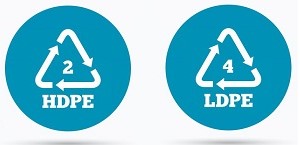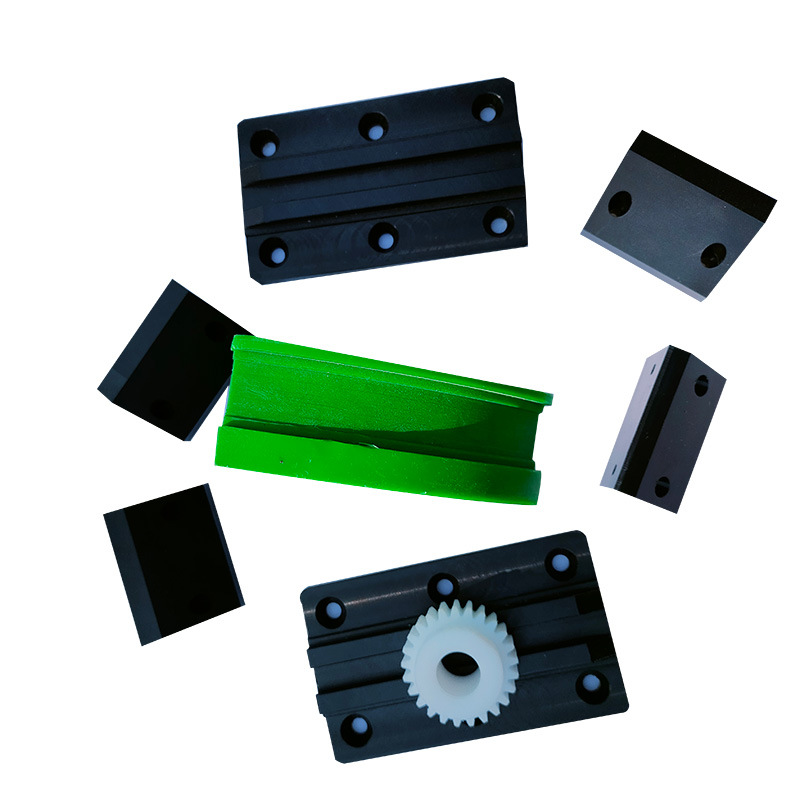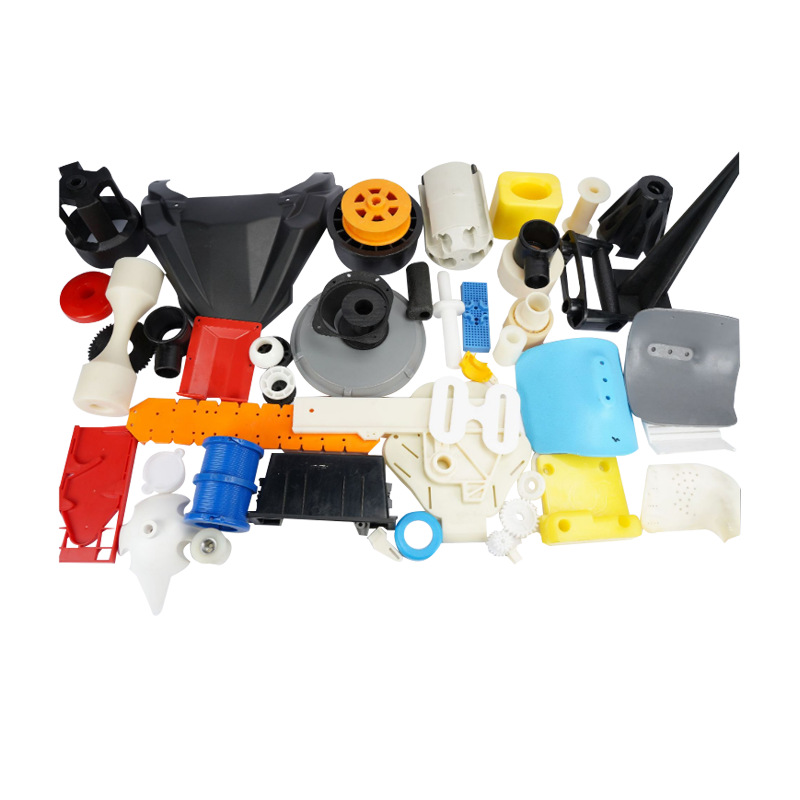
Polyethylene Plastic(PE)
* PE is polyethylene plastic, which can be made into plastic film, plastic bags and various parts. In order to reduce white pollution, degradation agents can be added to the plastic to achieve the purpose of rapid degradation, this type of polyethylene is called environmentally friendly plastics.It is lightweight, durable, and one of the most commonly produced plastic.
* Customized PE plastic products or parts
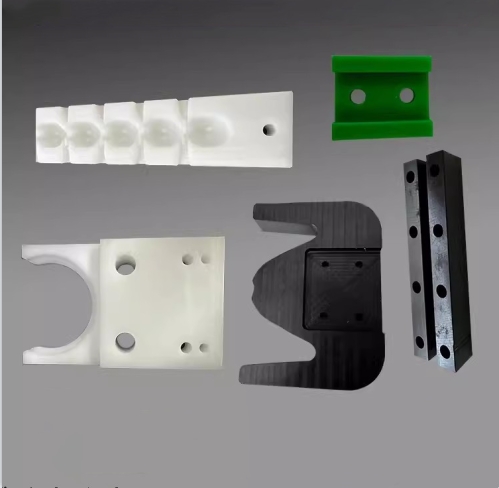
Polyethylene referred to as PE, is a thermoplastic resin produced by the polymerization of ethylene, is the structure of the simplest polymer organic compounds, the world's most widely used PE polyethylene polymer materials, polymerization of ethylene, according to the different densities are divided into high-density polyethylene, medium-density polyethylene and low-density polyethylene.
Polyethylene is odorless, non-toxic, feels like wax, has excellent low temperature resistance (the lowest use temperature up to -100 ~ -70 ° C), good chemical stability, can withstand most acids and alkalis (not resistant to oxidizing properties of the acid). Insoluble in general solvents at room temperature, small water absorption, excellent electrical insulation.
How is PE made?
Polyethylene is made from the polymerization of ethylene (or ethene) monomer. The PE chains are produced by addition or radical polymerization. The possible synthesis methods are:
Ziegler-Natta Polymerization and
Metallocene catalysis
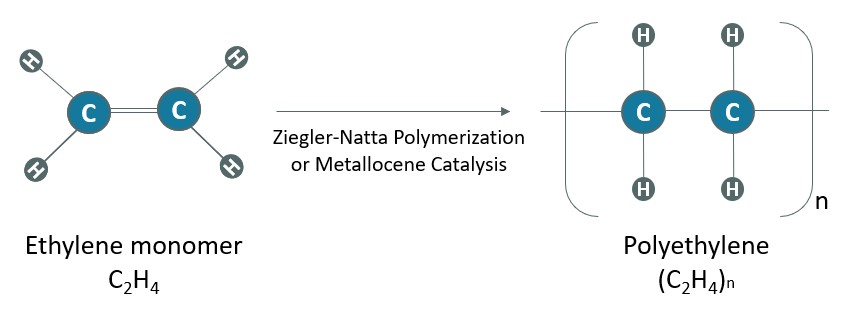
Are PE resins toxic?
In solid form, Polyethylene is considered as safe and non-toxic in nature. They could be toxic if inhaled and/or absorbed as a vapor or liquid (i.e., during manufacturing processes).
What are the common types of PE?
What are the common types of PE?
Depending on its density and branching, different PE grades can have very different performance from one another.
PE grades are therefore classified as follows.
Branched Versions
Low-density polyethylene (LDPE)
Linear low-density polyethylene (LLDPE)
Linear Versions
High-density polyethylene (HDPE)
Ultra-high-molecular-weight polyethylene (UHMWPE)
Cross-linked polyethylene (PEX or XLPE)
Additionally, other types of PE are also available such as:
Medium-density polyethylene (MDPE)
Ultra low-density polyethylene (ULDPE)
High-molecular-weight polyethylene (HMWPE)
Metallocene polyethylene (mPE)
Chlorinated polyethylene (CPE)
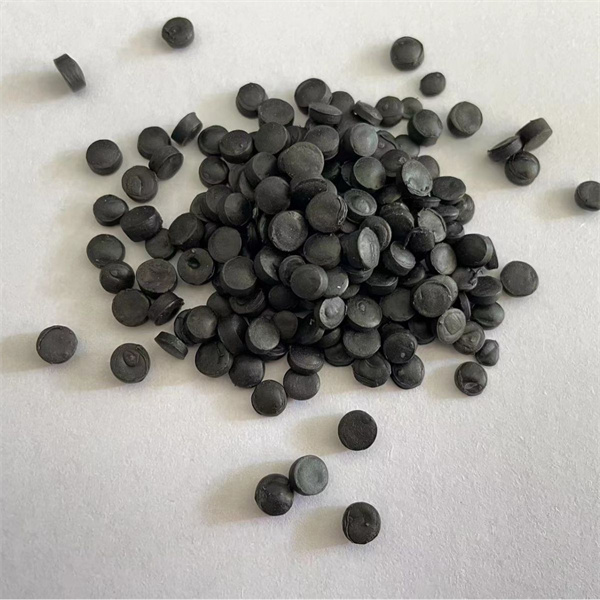

What are the properties of HDPE?
1. Polyethylene is a typical thermoplastic, odorless, tasteless, non-toxic combustible white powder.
2. The melting point of polyethylene is 100-130C - its low temperature resistance is excellent.

3. Polyethylene has good chemical stability and is resistant to dilute nitric acid, dilute sulfuric acid, hydrochloric acid, hydrofluoric acid, phosphoric acid, formic acid, acetic acid, ammonia, amines, hydrogen peroxide, sodium hydroxide, potassium hydroxide and other solutions at room temperature.
4. Polyethylene is easy to photo-oxidation, thermal oxidation, ozone decomposition, and easily degraded under the action of ultraviolet rays.
5. Continuous temperature: -50 ° C to +60 ° C, relatively hard material with useful temperature capabilities
6. Low cost polymer with good processability
7. Very low water absorption
Which type of PE is recyclable?
Resin Identification Code for two main forms of PE are:
Start your first SendCutSend project today!
Upload your CAD design or use our parts builder and get a free instant quote on your custom laser cut parts, all delivered to your door in a matter of days.
Book a Transport Now
No CAD File? No Problem! Send your sketch or template to our Design Services team.






